These photographs reveal what daily life was like for the people living in Japanese internment camps of the United States during World War II.
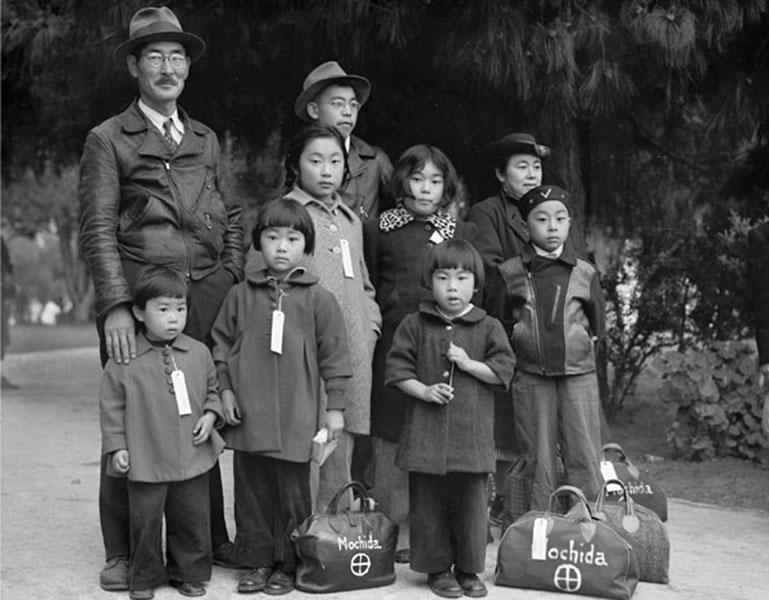

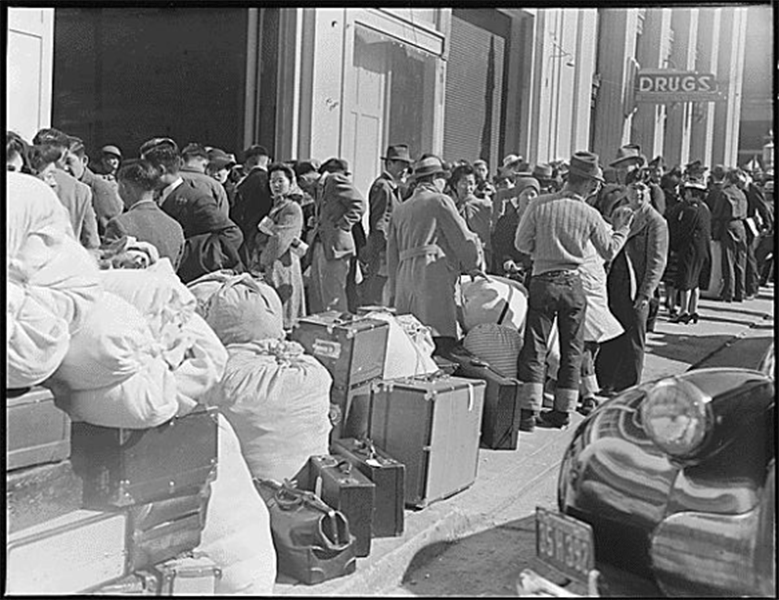

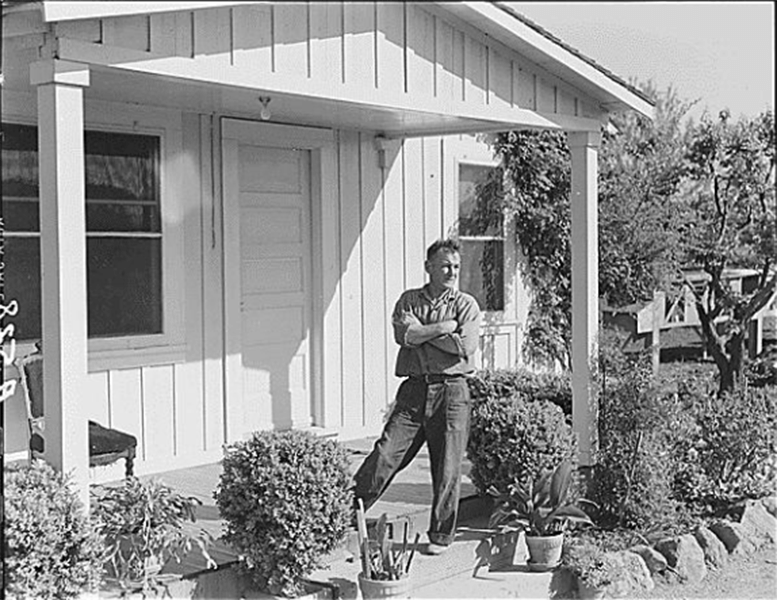
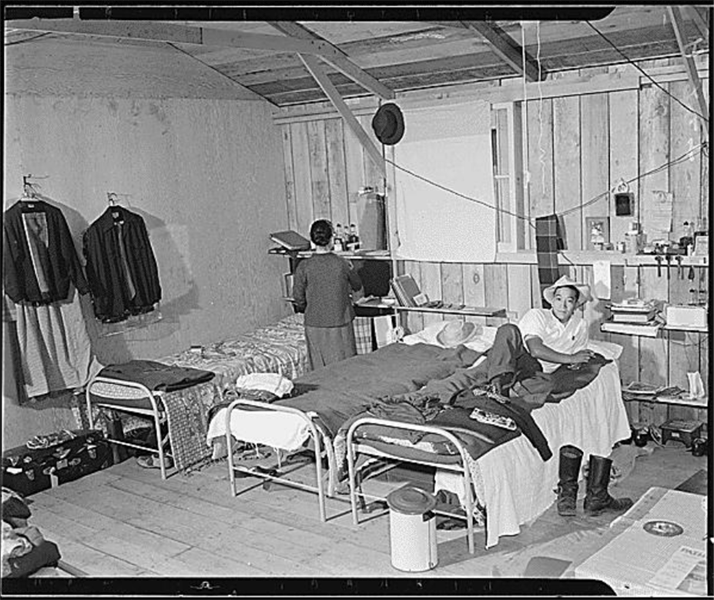
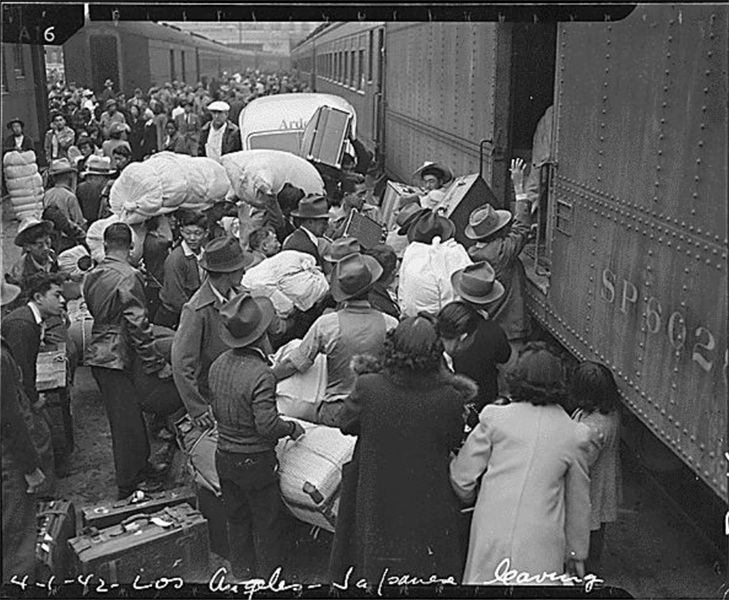
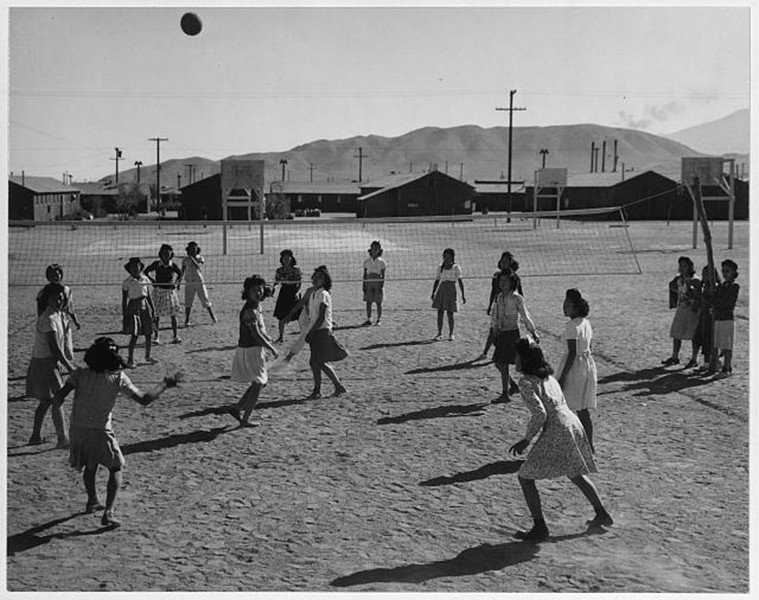










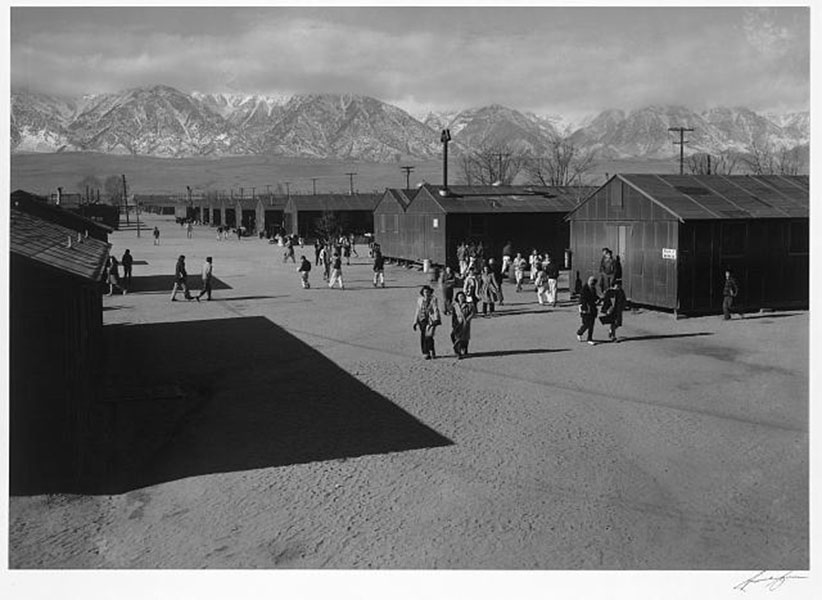


And if you liked this post, be sure to check out these popular posts:


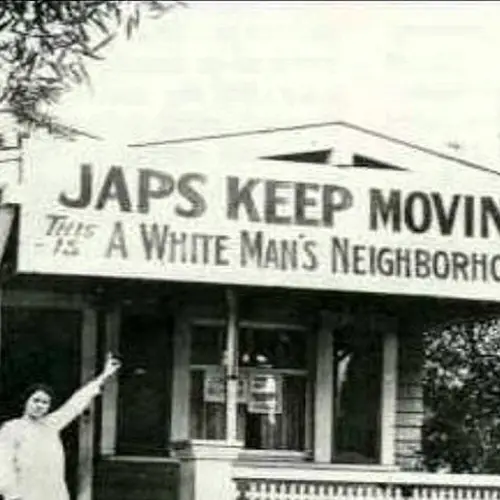

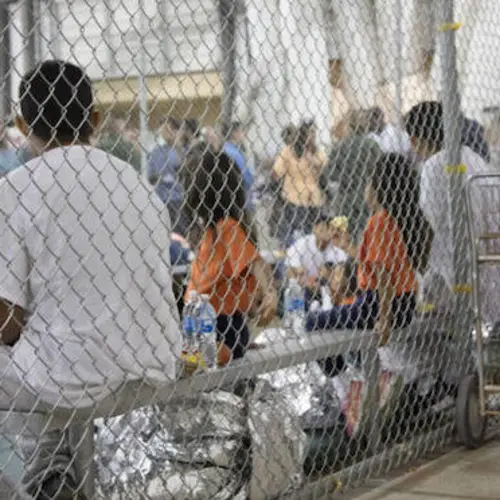

However, according to PBS, the government eventually admitted it "had in its possession proof that not one Japanese American, citizen or not, had engaged in espionage, not one had committed any act of sabotage."
Furthermore, the Commission on Wartime Relocation and Internment of Civilians wrote that internment was "motivated largely by racial prejudice, wartime hysteria, and a failure of political leadership."National Archives and Records Administration, Records of the War Relocation Authority
While some people entrusted their possessions with sympathetic neighbors, others would have to leave behind a lifetime of belongings, hoping that their homes would not be vandalized or burgled while they were away. National Archives and Records Administration; Records of the War Relocation Authority
The government never bothered to explain why Italian and German-Americans were not also sent to camps, and the military was not required or even pressured to provide concrete evidence that Japanese-Americans posed a threat to national security.Ansel Adams/Library of Congress
PBS reported that one farmer told the Saturday Evening Post: “If all of the Japs were removed tomorrow, we’d never miss them… because the white farmers can take over and produce everything the Jap grows."
In 1942, the agricultural coordinator for the Japanese-American Citizens League warned that Japanese farmers "stand to lose approximately 100 million dollars in investments” if the government confiscated or forced them to sell their land. By 1942, the Farm Security Administration had transferred more than 1,000 Japanese farms, totaling 50,000 acres, to new owners. National Archives and Records Administration; Records of the War Relocation Authority
Once the government announced the internment plan, they gave Japanese-Americans one week to register with authorities, and report to assembly centers, where they would then be transported to the camps.
However, not all the camps were complete, so many Japanese-Americans were held for months in temporary holding centers, usually converted stables at local racetracks, like this one. National Archives and Records Administration, Records of the War Relocation Authority
In the words of one internee, Mary Tsukamoto, who recalls what it was like to first arrive at the camp: "I never will forget, the train stopped and we got off and they put us on a big truck. It looked like one of those cattle cars. Anyway, we stood up because there were no chairs for us to sit on this pickup and crowded into this truck. They drove us to the Fresno Assembly Center. And then we got off there... I will never forget the shocking feeling that human beings were behind this fence like animals...We were going to also lose our freedom."National Archives and Records Administration, Records of the War Relocation Authority
The residents set up newspapers, sports teams, and fire and police departments, though any community organization had to be approved by the War Relocation Authority. Ansel Adams/Library of Congress
David Masumoto wrote that "Japanese-American farmers transformed the barren acres of Manzanar [one of the ten camps]," by farming and irrigating the soil. His relatives, who were interned during the war, "worked the farms, dairy, and produce-shipping operations at Gila River Relocation Center," in Arizona.
Furthermore, the documentary "Passing Poston: An American Story" reveals that at the Poston internment camp in Arizona, residents of the camp created infrastructure like schools, dams, canals, and farms that the U.S. government later used when consolidating Arizona's Native American tribes onto one large reservation.Ansel Adams/Library of Congress
Even the War Relocation Authority knew that they were subjecting the internees to abhorrent living conditions, writing that, “for the great majority of evacuated people, the environment of the centers – despite all efforts to make them livable – remains subnormal and probably always will.”Ansel Adams/Library of Congress
According to Smeltzer's reports from 1942, "bathing facilities were quite inadequate, running water was late in being made available and two weeks elapsed before hot water was available.” Later, he wrote that a "serious lack of sanitary facilities” lead to widespread dysentery.
In addition, a report from the Heart Mountain Relocation Center in Wyoming said, "The water was terrible because of the rusted and oiled pipes, and it really was not fit to use." At the Jerome and Rohwer Relocation Center in Arkansas, contaminated milk and water even resulted in an E. coli outbreak. Clem Albers/National Parks Service
In her paper, "Psychological Effects of the Camps on Japanese Americans" Amy Mass wrote that, "For the honor-conscious Issei [those born and raised in Japan], it was the repudiation of many years of effort and hard work in this country."
Similarly, internees who were American citizens felt as though their very identity was under attack. The camps' residents were subjected to horrifying conditions, witnessed the humiliation of their families, and felt deeply ashamed of their cultural heritage, leaving them depressed, lonely, and confused. National Archives and Records Administration, Records of the War Relocation Authority
According to the Digital Public Library of America's exhibit on Japanese internment, "religious organizations advocated for fairer treatment of Japanese Americans, while working to Americanize them through religious indoctrination."
Though Christian churches in the camp provided social services and organized recreation, the camps also saw a resurgence in Buddhist practices, as Japanese-Americans pushed back against Americanization. Ansel Adams/Library of Congress
Their elders, who had worked for years to build stable lives for their families in America, no longer enjoyed the positions of respect and leadership they would have in their own homes. Ansel Adams/Library of Congress
Traditional Japanese family structures were patriarchal. However, during internment, this changed. Women were afforded independence because marriage and child birth were often delayed in the camps.
In addition, cramped living quarters required shared responsibility of domestic duties. The same jobs were offered to men and women in the camps, and without their previous careers and business, men ceased to be the family breadwinners. Ansel Adams/Library of Congress
As one War Relocation Authority official wrote: "3,971 students are crowded into makeshift buildings without adequate desk and chair facilities."
To help improve things, some churches and relief agencies donated desks, books, and other school supplies. Ansel Adams/Library of Congress
In the words of Mary Tsukamoto: "We had no thought about defying the government. And of course the Japanese people respect the elderly, and those who are important, the President of the United States, we wouldn't, you know, even if he's wrong, we wouldn't say anything."Ansel Adams/Library of Congress
In an interview with NPR, internee John Tateishi said that after internment ended, "There were no complaints, no big rallies or demands for justice because it was not the Japanese way."
Nevertheless, in 1988, President Reagan signed the Civil Liberties Act, which offered a formal apology to all living former internees and their families. Surviving victims were also paid $20,000 in reparations. Ansel Adams/Library of Congress


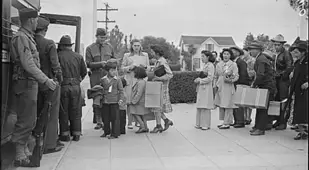



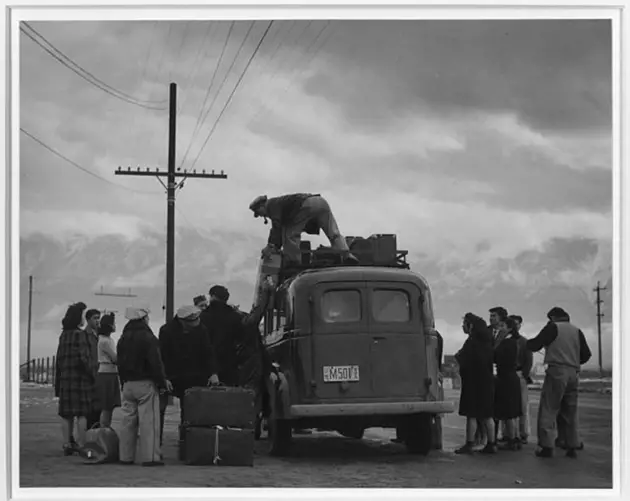

Just two months after the Japanese military bombed Pearl Harbor on December 7, 1941, President Franklin D. Roosevelt succumbed to wartime hysteria and racial prejudice and signed Executive Order 9066, ordering all Japanese-Americans living on the West Coast to leave their homes and relocate to internment camps.
Only allowing them to take what they could carry, many Japanese-American families soon sold their farms, homes, and business for far less than they were worth, unsure if they would ever return home or if their land would even be there if they did.
Before even placing people in the camps, the U.S. government would confiscate family heirlooms and freeze assets, leaving many with no access to their income. Government authorities would also haul Japanese-Americans off into assembly centers that were nothing more than stables converted into barracks.
In spite of the fact that the U.S. government had no proof that any of these Japanese-Americans were planning to sabotage the war effort, they held more than 110,000 people at ten official Japanese internment camps in California, Idaho, Utah, Arizona, Wyoming, Colorado, and Arkansas, for the duration of the war. Approximately 60 percent of them were American citizens.
Throughout the war -- after which the government closed the camps and released all who were held -- many photographers documented life behind the barbed wire fences of the Japanese internment camps. The photos above give but a glimpse into what this dark period in American history actually looked like.
For more on World War II, read about its eight most bad-ass women. Then, find out how one heroic woman who delivered babies while in Auschwitz.






